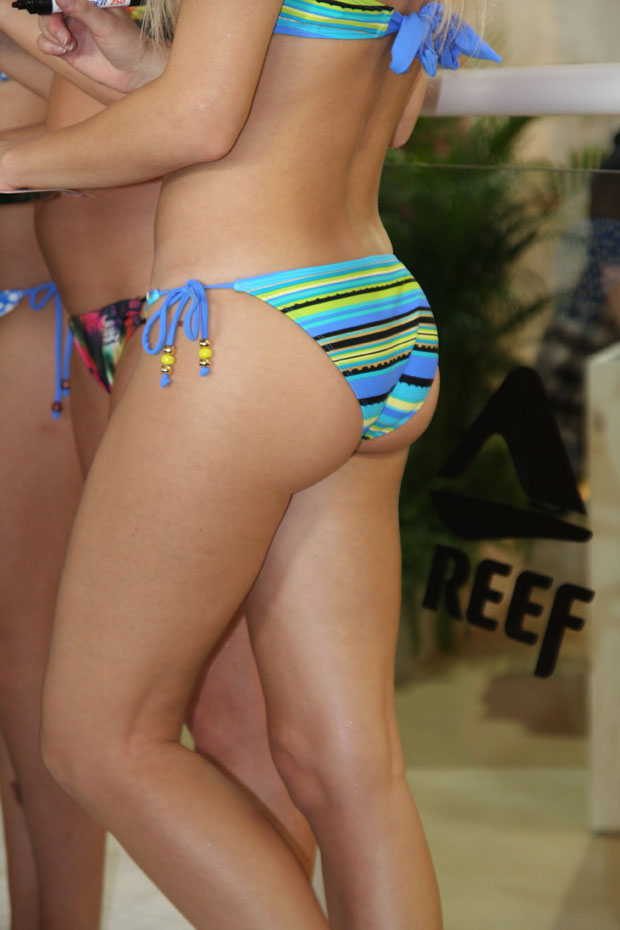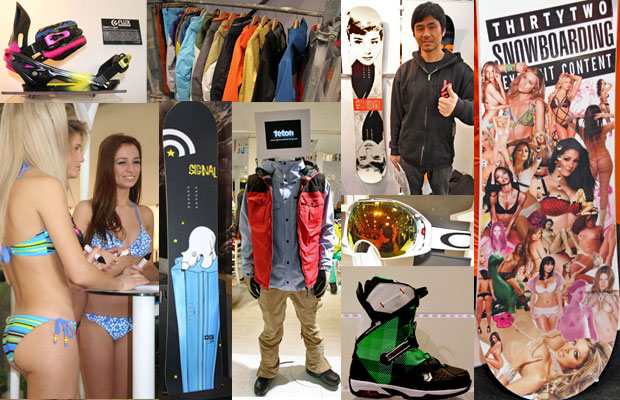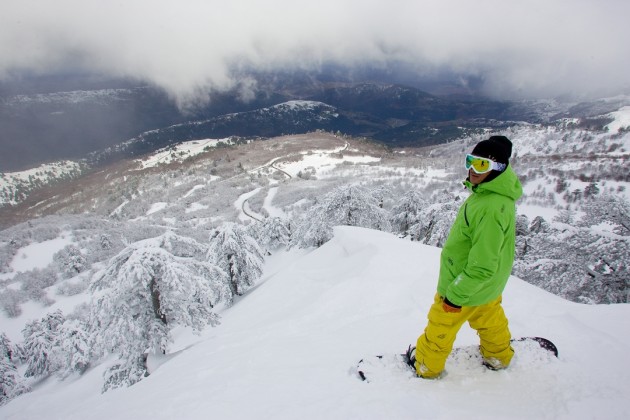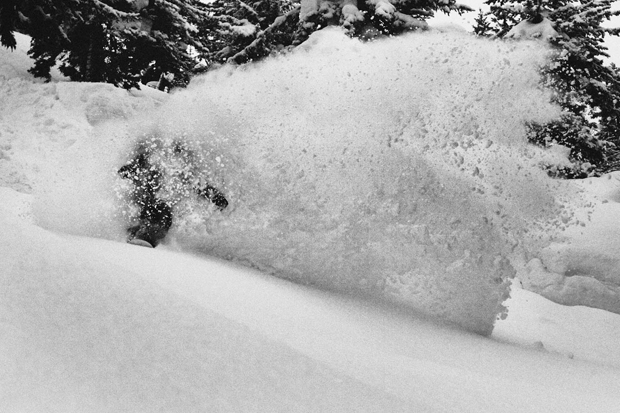Published in Whitelines Magazine Issue 94, January 2010
Snowboards are like people – they come in all sorts of shapes and sizes. Just like people, some of these shapes are generally recognised as being more desirable and popular than others. That said, there’s also a certain amount of personal taste involved. I for example, have a particular penchant for Pamela Anderson, I’ve heard others calling her ‘plastic’ before. Whatever, they don’t know her like I do. No-one does… Sorry, I got a bit carried away there. What were we talking about again? Oh yes, snowboard shapes.
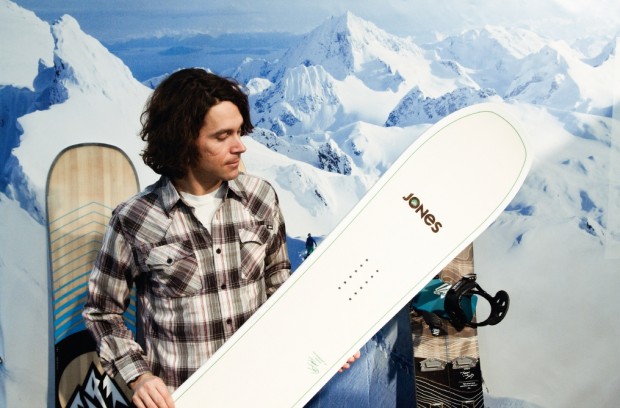
WHY IS THE SHAPE OF A BOARD IMPORTANT? – The shape of a board is one of the three major factors that dictates how it will feel, along with the profile and the materials it’s made of. The shape plays a large part in how a board will handle different snow conditions.
TWIN, DIRECTIONAL OR DIRECTIONAL TWIN? – Over the years pretty much every conceivable shape of snowboard has been tried – watch whitelines.com/lib-experiMENTAL to see one of the more outrageous recent designs. But while people like the crazy wizards at Lib Tech are still pushing the boat out, most board shapes fall three broad categories – True Twin, Directional Twin and Directional.
Directional boards were the originals. Designed to be ridden one way only – forwards –the earliest directional sticks often featured swallowtails to help them fl oat in powder. These days, the definition of directional boards is looser; if both the flex pattern and the shape are different at the nose and tail, it’s directional. While you can ride some of these more modern variations switch, they’re not really designed for it. Most powder boards fall into the directional category.
Directional twin boards were introduced for the first time in the mid-eighties. Young riders like Terry Kidwell were pushing a freestyle-orientated approach. Kidwell asked his sponsor Tom Sims if he could design him a board with a rounded tail so he could land tricks switch like he did on his skateboard, and the first basic directional twin was born. These days, directional twins tend to be completely symmetrical in the nose and tail but have a flex pattern which is more suited to going forwards and riding powder. Most all-mountain and beginner boards are directional twins.
True Twin boards have a nose, tail and flex pattern that are completely symmetrical. Introduced by Burton relatively late in the game – the first one was the ‘Ouija Board’ Twin from 1994 – these have since taken the snowboarding world by storm. By making it just as easy to ride switch as it is regular, twin tips sparked a freestyle revolution. They may not be as easy to ride facing forwards as properly directional boards, but if you want to spin, these are the shit! Nearly all jib and park boards are true twins.
SIDECUT – This refers to the ‘bite’ taken out of the edge of a snowboard. It’s usually measured as the radius of one or more circles, and it’s the side cut that dictates how tightly a board turns. Deeper side cuts are quicker edge to edge, hold a carve better and are generally found on boards built for speed. By contrast most jib boards tend to have shallower side cuts, making them more stable and forgiving.
LENGTH AND WIDTH – The length and width of a board dictate how well it fl oats in powder, with longer, wider boards offering more surface area to help you rise above the soft stuff. Bigger boards aren’t the easiest to turn though, and obviously the further your feet are from the tip and tail, the more you have to lean over to press or butter it.
NOSE – Snowboard nose shapes vary as wildly as human ones – for every General de Gaulle there’s a Daniella Westbrook. Big noses offer more fl oat in powder, and many pow-specific sticks have massive pointy, up-turned ends. Not all though – the Jones board pictured above has a spoon nose. Thanks to its extra width, Jeremy reckons it fl oats as easy as a traditional big-conked board, without the ungainly long tip. A short, snub nose usually indicates that a board’s been designed for freestyle.
TAIL – Even snowboards that look vaguely twinnish in shape can have quite different tails. Twin tips obviously have tails that resemble their noses, even if – as in the case of the Salomon Sick Stick – that means it’s pointy both ends. Pin-tailed boards taper towards the back, allowing it to sink better in powder whilst keeping your nose a float (so you can enjoy less back leg burn). But it’s swallow tailed boards that are the daddy of all pow sticks. A split tail might make it impossible to ride switch, but it spreads your weight beautifully in the deep stuff and helps create the ultimate rooster tail. Again, the size and shape of the cutaway can vary wildly.
WHAT SHAPE SHOULD I CHOOSE? – As with most things in snowboarding, it’s all about personal preference, and the best way to find out what shape suits you is to try out as many different ones as possible. And even if you don’t want to buy one, make sure you take a swallow out on a powder day at least once in your life – you won’t regret it.

